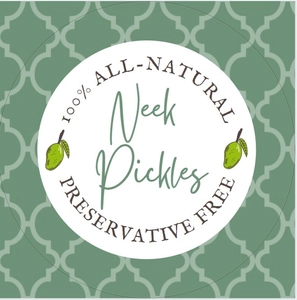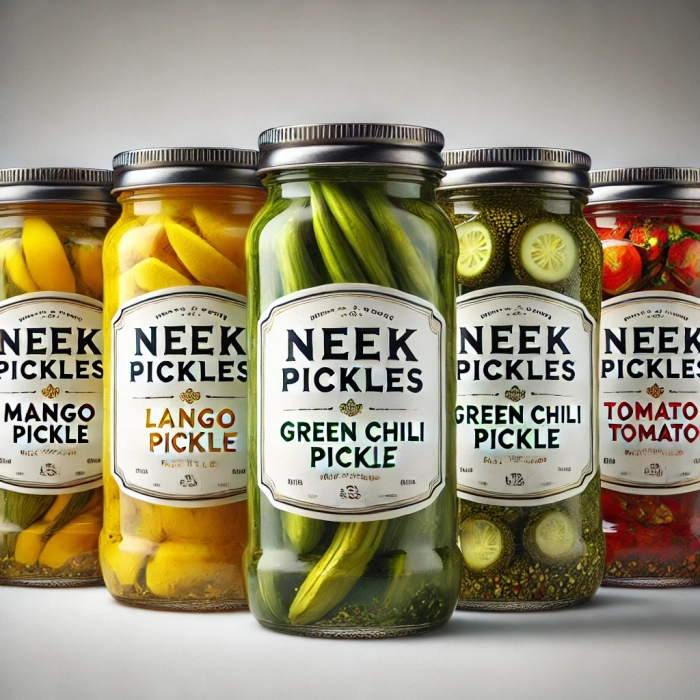Pickles, locally known as "achaar," are more than just condiments in Indian households. In Bihar, particularly in the Mithila region, pickles are a celebration of culture, community, and culinary artistry. These tangy delights are cherished for their distinctive taste and the stories they carry through generations. From traditional recipes passed down by grandmothers to the seasonal rituals of preparation, Mithila’s pickles are an indispensable part of Bihar’s gastronomic and cultural landscape.
A Taste of Tradition
Unique Pickles of Mithila The Mithila region, known for its rich cultural heritage and Maithili art, boasts a diverse range of pickles made from locally available fruits, vegetables, and spices. Each variety carries a unique flavor profile and cultural symbolism. Here are some of the most iconic pickles of Mithila:
1. Aam Ka Achaar (Mango Pickle)
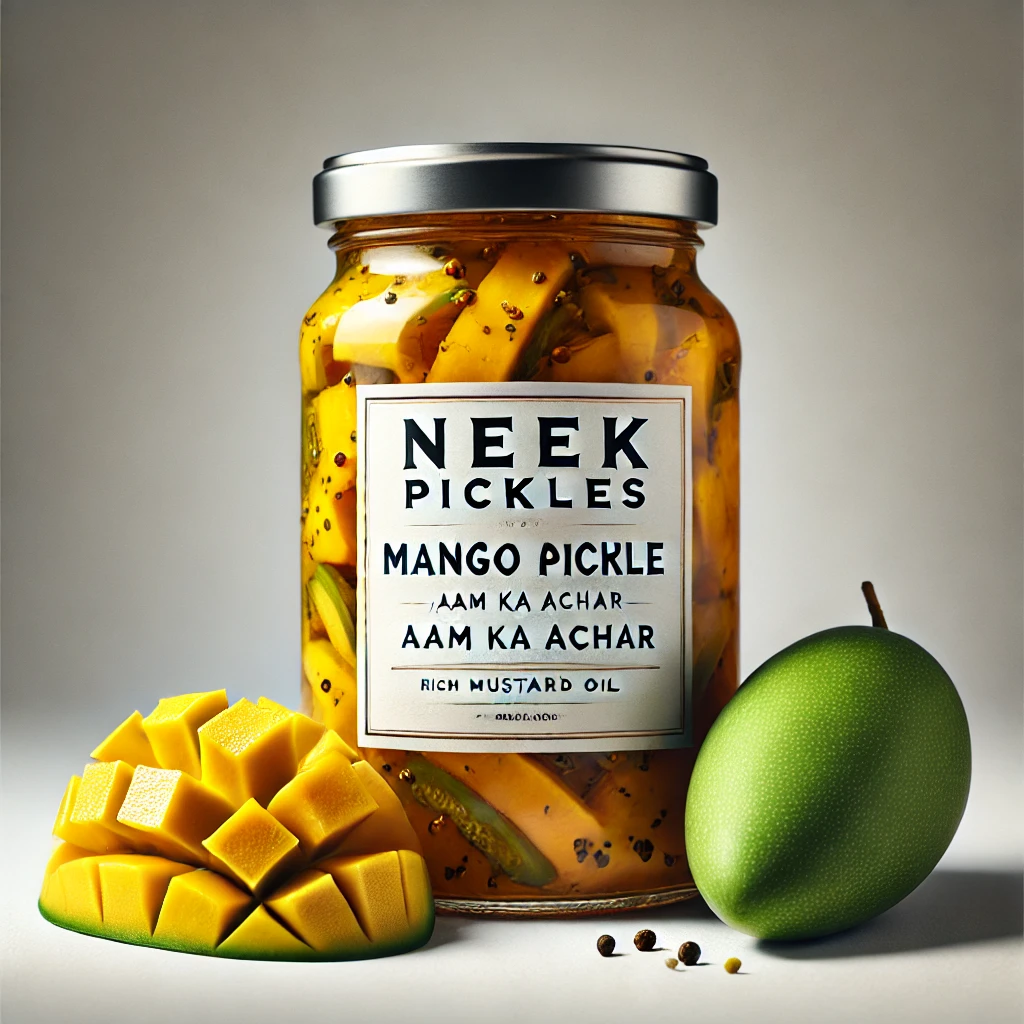
The mango pickle is perhaps the most well-known of all pickles, but in Mithila, it takes on a special flavor. Made with raw green mangoes, mustard oil, fenugreek seeds, red chili, and a blend of traditional spices, this pickle has a tangy and spicy kick. Families in Mithila often prepare it in large batches during the summer to last for the entire year.
2. Kachnar Ka Achaar (Bauhinia Blossom Pickle)
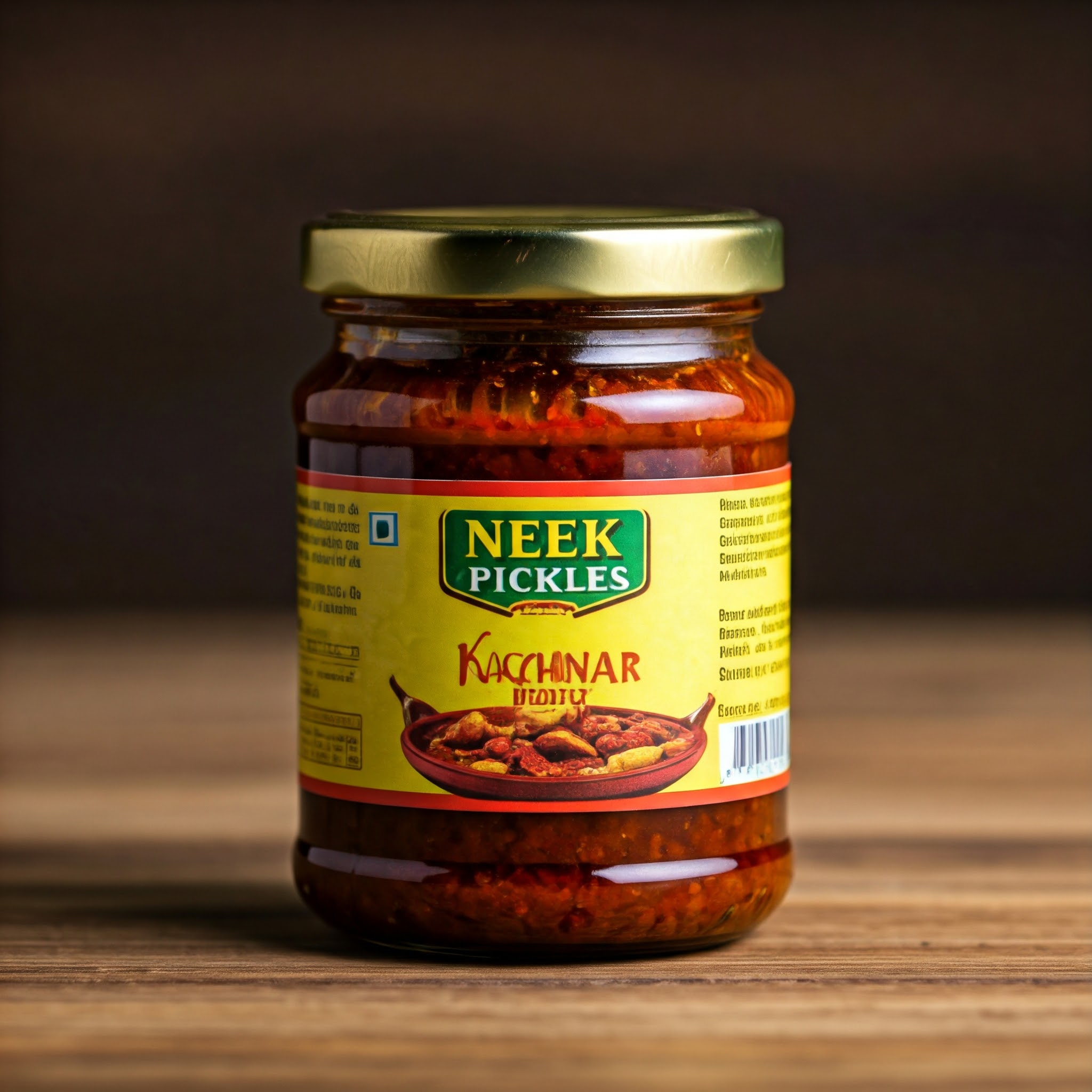
The edible flowers of the kachnar tree are a seasonal delicacy in Mithila. This pickle has a slightly bitter yet tangy taste and is known for its medicinal properties. It’s often prepared with mustard oil, turmeric, and mustard seeds.
3. Amada Achaar (Mango-Ginger Pickle)
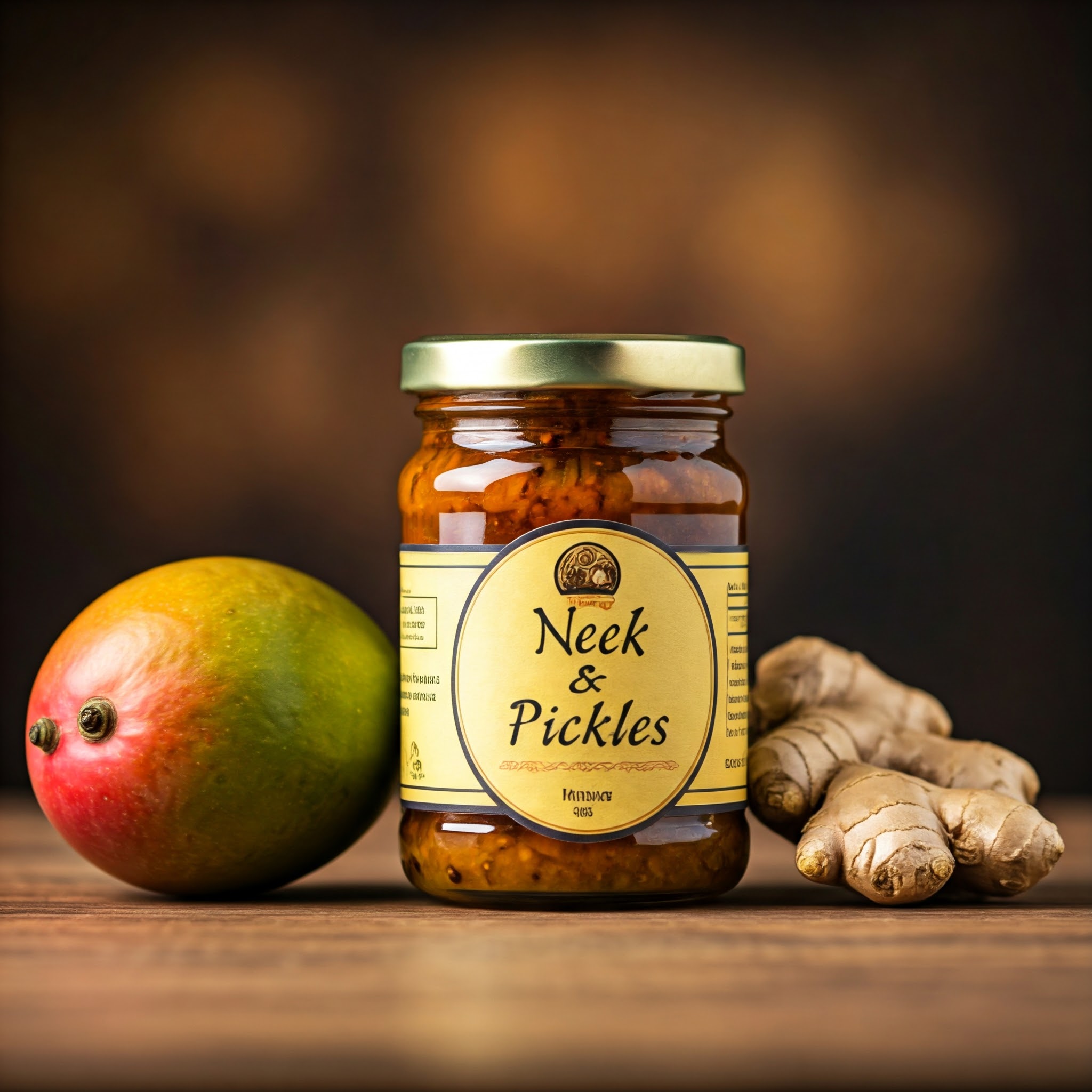
Amada is a type of aromatic root that resembles ginger but has a distinctly mango-like flavor. This pickle combines the zesty freshness of mango with the pungent aroma of ginger, creating a unique fusion that’s loved by locals.
4. Bamboo Shoot Pickle
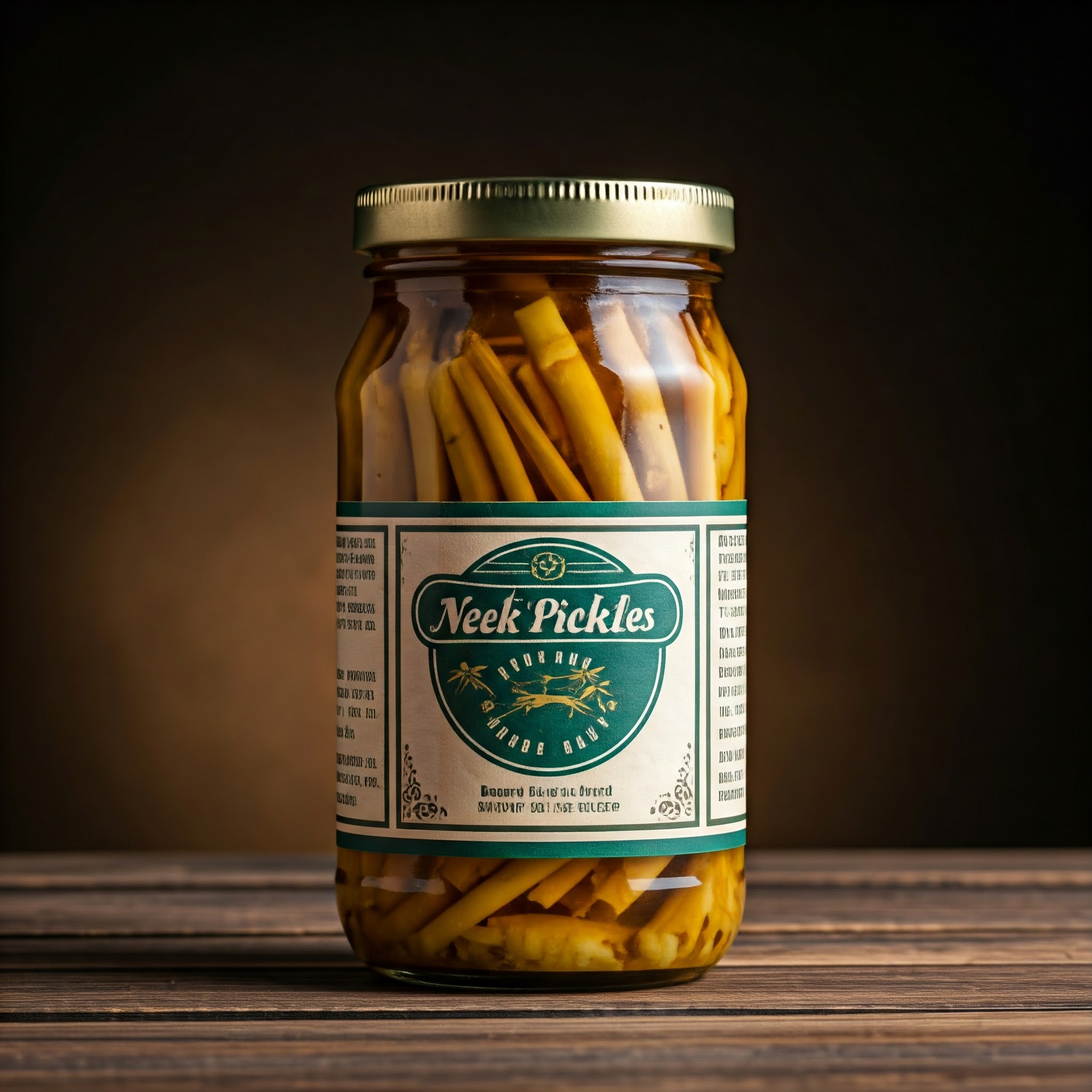
In some parts of Mithila, bamboo shoots are fermented and pickled. This pickle has a strong, earthy taste and is prized for its probiotic benefits. The preparation process requires precision, as bamboo shoots need to be treated to remove toxins before pickling.
5. Mirch Ka Achaar (Chili Pickle)
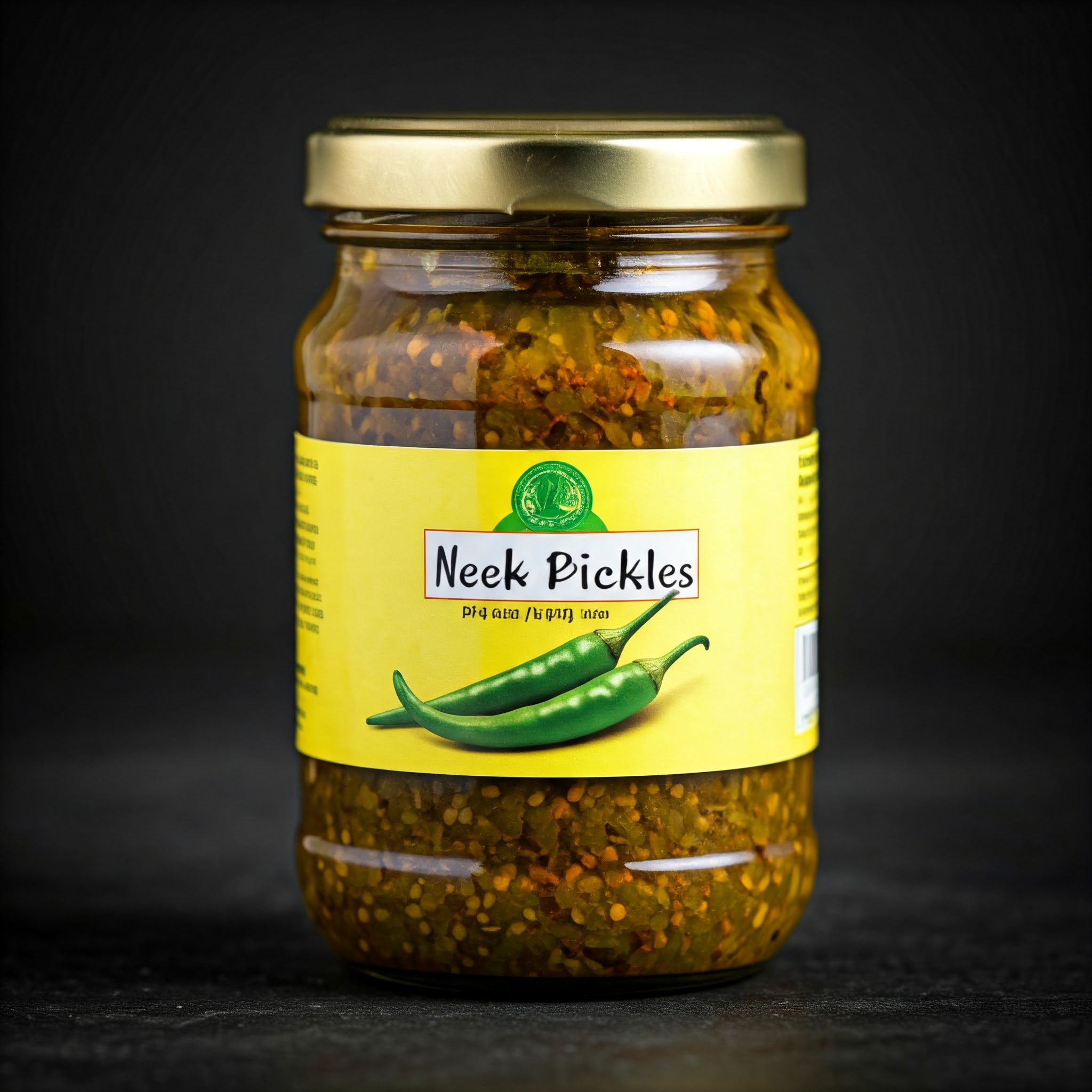
Chili pickles are famous for their fiery taste and are a must-have for spice lovers. Whole green chilies are stuffed with spices like fennel, mustard, and fenugreek before being soaked in mustard oil. This pickle adds a fiery punch to any meal.
The cultural significance of pickles in Mithila region
Pickles are more than culinary items in Mithila; they symbolize love, care, and the preservation of tradition. Here’s why they hold a special place in Maithili culture:
1. Rituals and Celebrations
Pickle-making in Mithila is often a community affair. Women of the family come together during summer to prepare large batches of pickles, fostering a sense of unity. This ritual is seen as a way to preserve the wisdom of elders, as the recipes are handed down through generations.
2. Culinary Heritage and Knowledge Sharing
Each family in Mithila has its own "secret" recipe for pickles. These recipes are closely guarded and passed down orally from mothers to daughters. This process of sharing culinary knowledge strengthens family bonds and preserves cultural identity.
3. Medicinal and Health Benefits
Many traditional pickles of Mithila are valued for their health benefits. For example, bamboo shoot pickles are known to promote gut health due to their probiotic nature. The use of mustard oil, turmeric, and fenugreek in pickles adds to their medicinal value, aiding digestion and boosting immunity.
4. Gift of Love and Hospitality
In Mithila, it is common for families to offer jars of homemade pickles as gifts to visiting relatives or newlyweds. This simple gesture signifies love, hospitality, and a desire to share a piece of one’s culinary heritage.
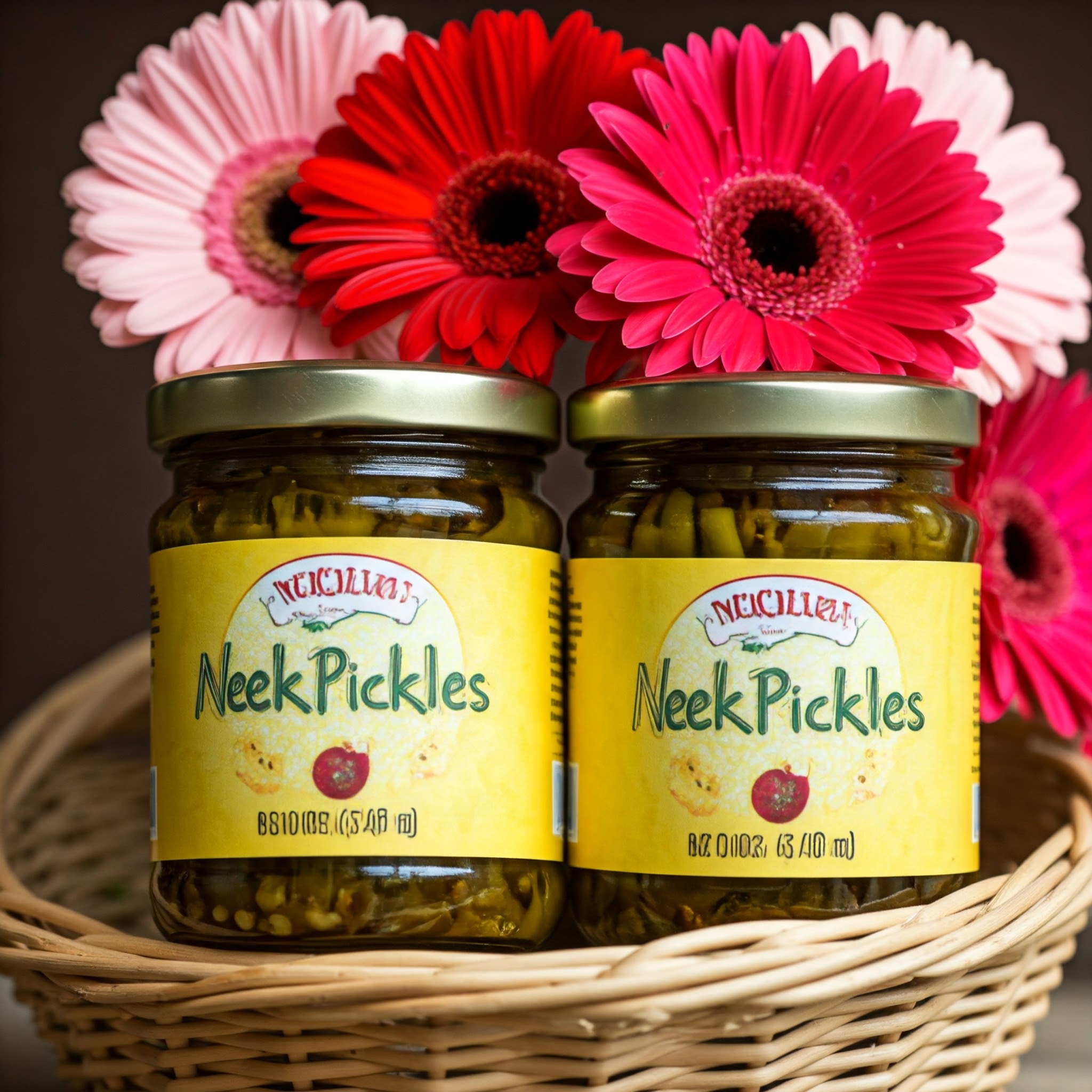
The Art of Pickling
Seasonal rituals and techniques---Pickling is a labor-intensive process that requires patience, precision, and a deep understanding of natural fermentation. In Mithila, the preparation of pickles is guided by seasonal availability, weather, and specific techniques:
-
Seasonal Selection: The preparation of pickles begins in summer when raw mangoes, bamboo shoots, and fresh flowers like kachnar are in abundance.
-
Sun-Drying: Ingredients such as raw mangoes and chilies are dried in the sun to remove moisture, enhancing their shelf life and intensifying their flavor.
-
Use of Mustard Oil: Unlike refined oils, mustard oil is used for pickling in Mithila. Its pungent taste and antimicrobial properties keep the pickles fresh for a long time.
-
Natural Fermentation: The fermentation process is natural, relying on the sun’s heat and the presence of natural yeasts in the environment. This process imparts a distinct tangy taste and increases the probiotic content of the pickles.
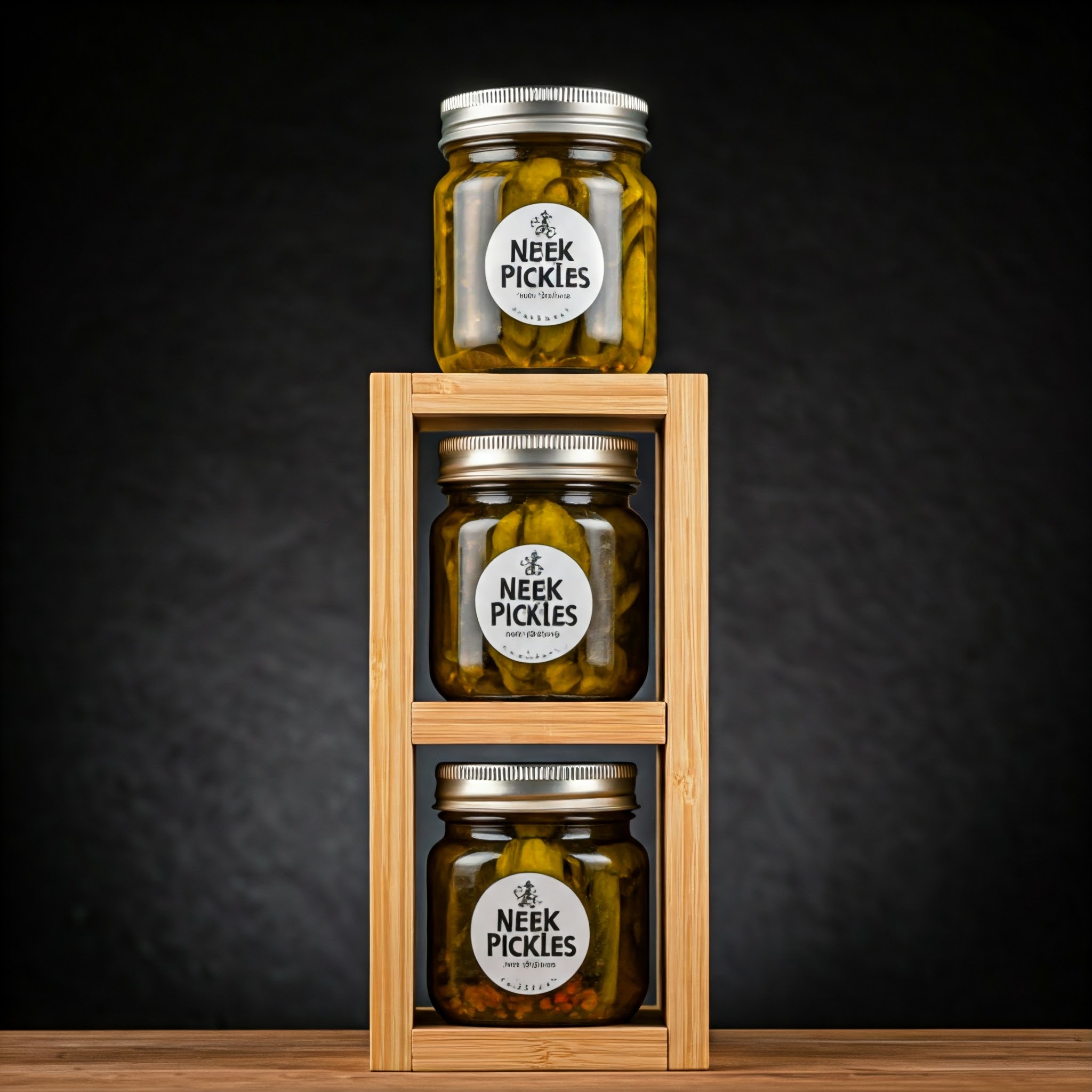
Pickles as a Culinary Companion
In Bihari cuisine, pickles are indispensable. They are served with staple foods like "dal-bhaat" (lentils and rice), "litti-chokha" (a rustic Bihari delicacy), and parathas. Even a small spoonful of pickle can elevate the taste of a simple meal. For those living away from home, pickles are a nostalgic reminder of childhood memories and family love.
The Road Ahead
Preserving Mithila’s Pickling Tradition
With globalization and changing food habits, traditional pickling practices are slowly declining. However, initiatives are being taken to preserve this heritage. Local entrepreneurs and women’s self-help groups (SHGs) are promoting homemade pickles through e-commerce platforms, thereby giving these traditional recipes a modern platform.
Conclusion
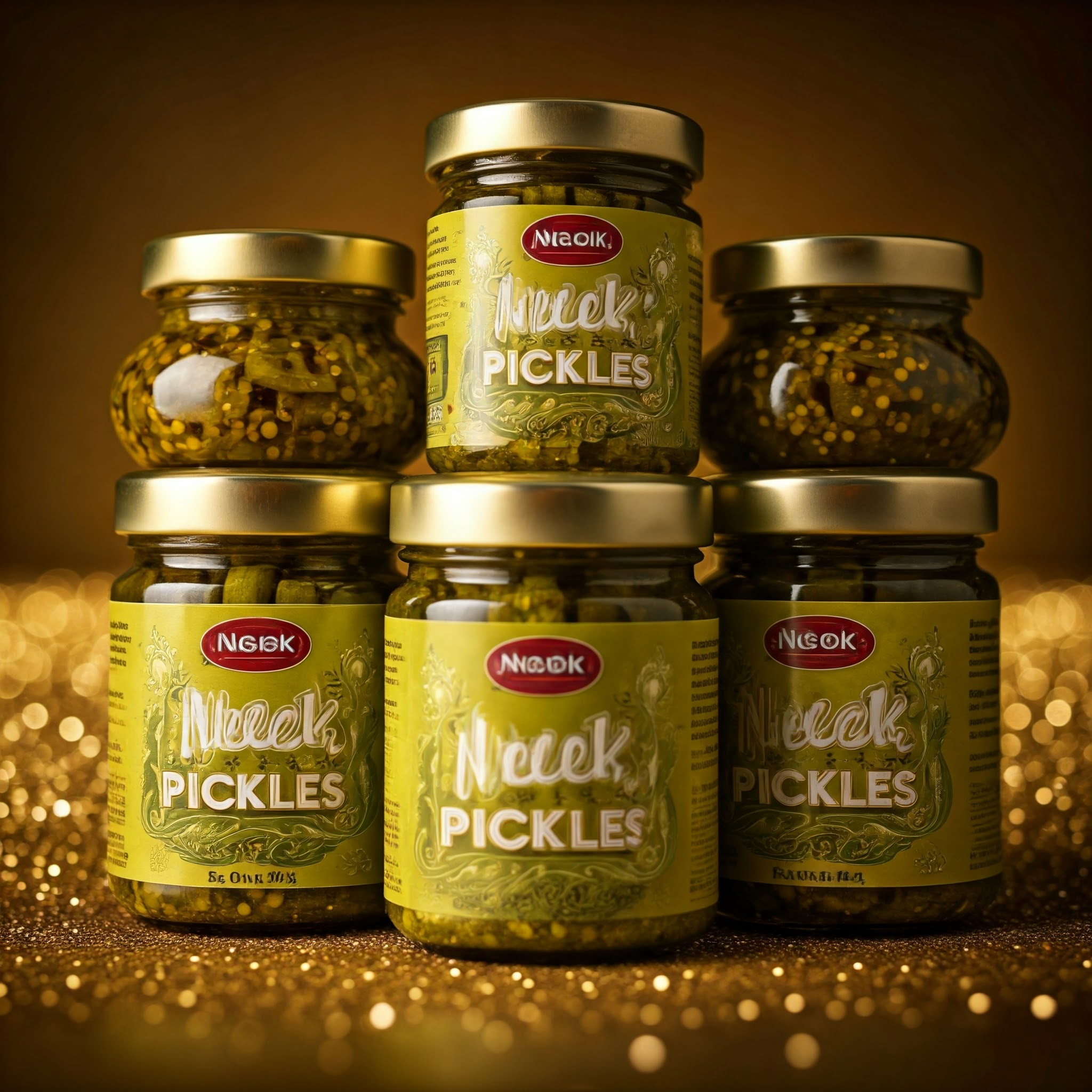
The pickles of Mithila are a testament to Bihar’s rich culinary legacy and cultural pride. They embody the flavors of tradition, love, and craftsmanship that have withstood the test of time. As modern food trends evolve, preserving this pickling tradition is essential to safeguarding Mithila’s cultural identity. So, the next time you savor a tangy piece of aam ka achaar or the fiery punch of mirch ka achaar, remember that you are tasting a slice of history, culture, and culinary mastery from the heart of Bihar.
